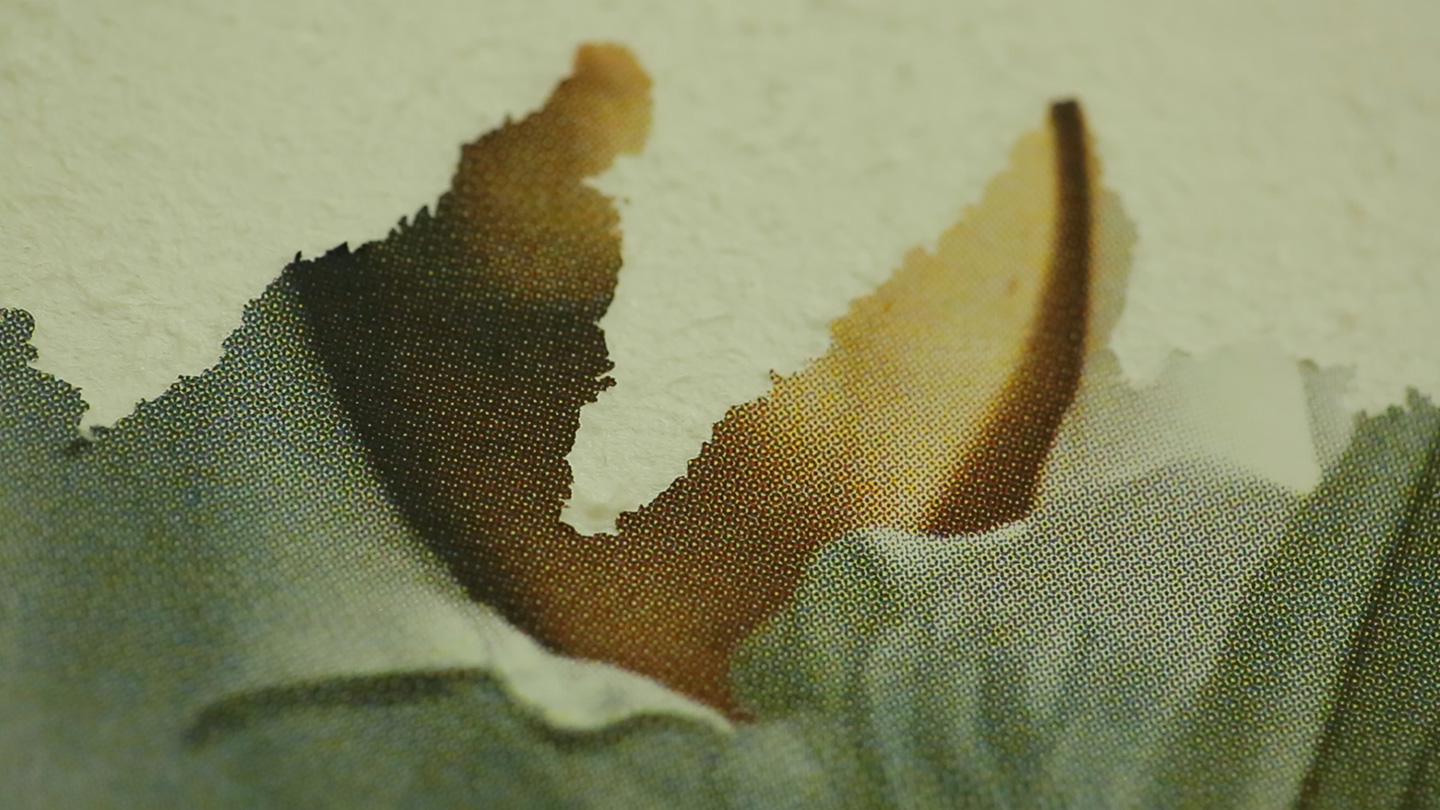The Separate System

Commissioned gallery guide text for FACT, Liverpool about artist Katie Davies’ cinematic film The Separate System. The piece was produced in collaboration with armed forces veterans through workshops at HMP Liverpool and HMP Altcourse, and investigates the distinct, yet interconnected, spaces of the military, custody and ‘civilian’ life.
The Separate System amplifies quiet voices speaking serious words. The voices are those of armed forces veterans who are now in prison; voices rarely – if ever – heard. Each man, confined to a cell for most of the day, is given space: the space to speak. Their voices compete with the insistent background noise of stiff shoes on lino-covered floors, walkie-talkies crackling on and off, keys wriggling into locks, the groans and whines of metal doors in need of oil; reminders that prison is never silent. Each man tells a story only he can. Some are telling them aloud for the first time.
Veterans in prison occupy a unique set of spaces and identities – those of military, custody and civilian life – that are invisible to most of us. As one veteran describes the bombing of a market, we watch shoppers strolling through UK streets. The point is more than that market, in Baghdad or Helmand Province, could be here (and it is notable that no warzone is identified by name in this film, only be inference). We see people going about their lives, inhabiting public spaces and doing everyday things. Members of the armed forces define such ordinary places and activities as ‘civilian’ and in this definition is a sense of otherness. We hear veterans describing the difficulties of finding houses and jobs, dealing with neighbours’ intrusive questions, transferring their military skills into civilian life. While most of us will consider such tasks to be simple facts of ‘living in the real world’, there are probably few things as real as being on a missile-struck ship, or possessing a level of responsibility that can ultimately save or end life.

The architecture of power and control is a central protagonist in the film. The camera pans down glossy, pale institutional corridors, and along the prison’s taciturn perimeter walls. We see wedding guests posing for photographs outside grand civic buildings. Confetti clouds dance on steps that rise to the stone feet of imposing neo-classical columns. Across Britain, town and city centres are scattered with docile stone lions, elevated Dukes and Generals poised for victory, bronze Queens and Kings embalmed with arsenic-green patinas. They are part of the stories we tell ourselves as a society, which celebrate and idealise long-forgotten imperial glories and sanitise the horrors of war. “Look over here!” they cry, encouraging a form of collective self-distraction, as mythologies of the past obscure the realities of the present.
The men in this film have all experienced combat, yet they seem far removed from the smiling Second World War veterans selling poppies every November. In the act of public remembrance, the soldiers of now are less visible than those who fought in a war that has little in common with the conflicts of recent decades. While some war veterans can be celebrated as heroes, they must fulfil a nuanced and unspoken set of criteria. The heroic soldier is singled out as a ‘they’, a person apart from the mass of ordinary people. The incarcerated person is also a ‘they’, separated from the rest of ‘us’. Veterans in prison are even greater outsiders in the conversation of national remembrance; they are people we forget.

If we accept the notion that the military and prison systems act broadly in the public good, why are neither considered part of public space? Despite 24-hour rolling news, we see little of the realities of wars that happen ‘over there’, in places that remain distant and abstract. Prisons are also places out of sight, hidden behind physical and psychological walls. As a society, what is our responsibility for these spaces? Rather than answering this question from her own point of view, Davies shares the filming and editing processes with the prisoners that appear in The Separate System, and it is their words and perspectives that expose the many paradoxes of the often-invisible and highly complex systems that govern us all.
Conflicting expectations can create veteran-shaped crevices between military and public lives: being trained to kill but expected to behave – perhaps even to be a role model – on leave; being actively encouraged to settle internal-battalion grievances in the boxing ring (“that can’t happen in any other workplace,” notes one veteran), but being imprisoned for throwing a punch in the street; being sentenced not only for your crime, but for the training you received in your previous job: “the judge said that he expected more from a member of Her Majesty’s Armed Forces and that I had used the tools of my trade,” says one former soldier.
Of course these men have committed crimes and one inmate tells us, “I don’t want people watching the film to think that I don’t deserve to be in here.” While we are left to assume that the justice system has performed its function in trying and sentencing them, their specific offences are not stated. In part, the film’s compassion lies in its removal of our inclination to judge these men solely on their crimes.
Some freedoms are voluntarily given up on joining the armed forces, and others forcibly and intentionally removed through incarceration. The Separate System is a powerful appeal that the voices of veterans should not be silenced when they are imprisoned. The term ‘veteran’ is defined not only as an ex-service person, but as someone with long experience in a particular field. From these men’s experiences there is much for the rest of us to learn.

Images: Katie Davies, The Separate System (2017), HD stills.